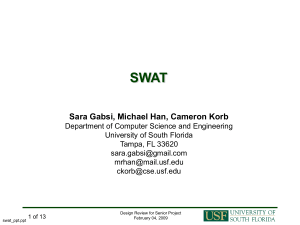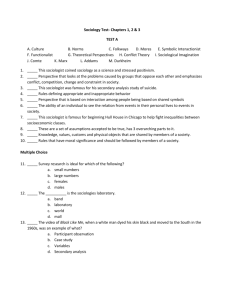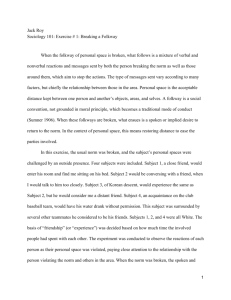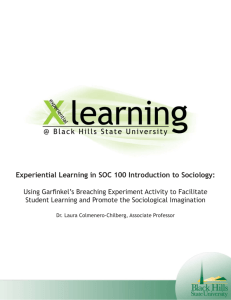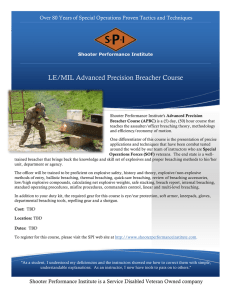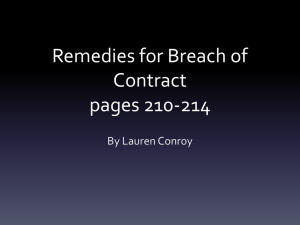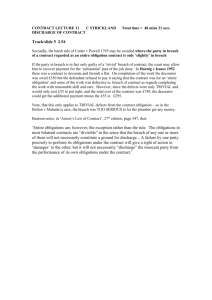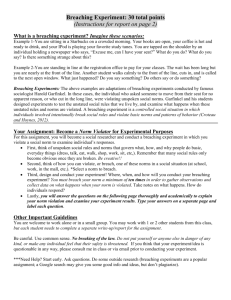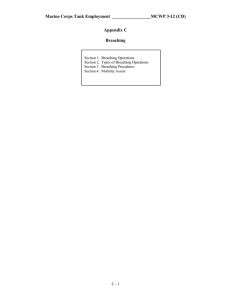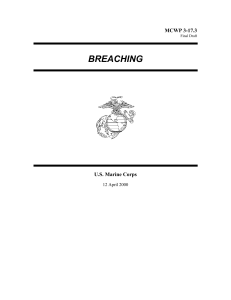Group Breaking Social Norms project
advertisement
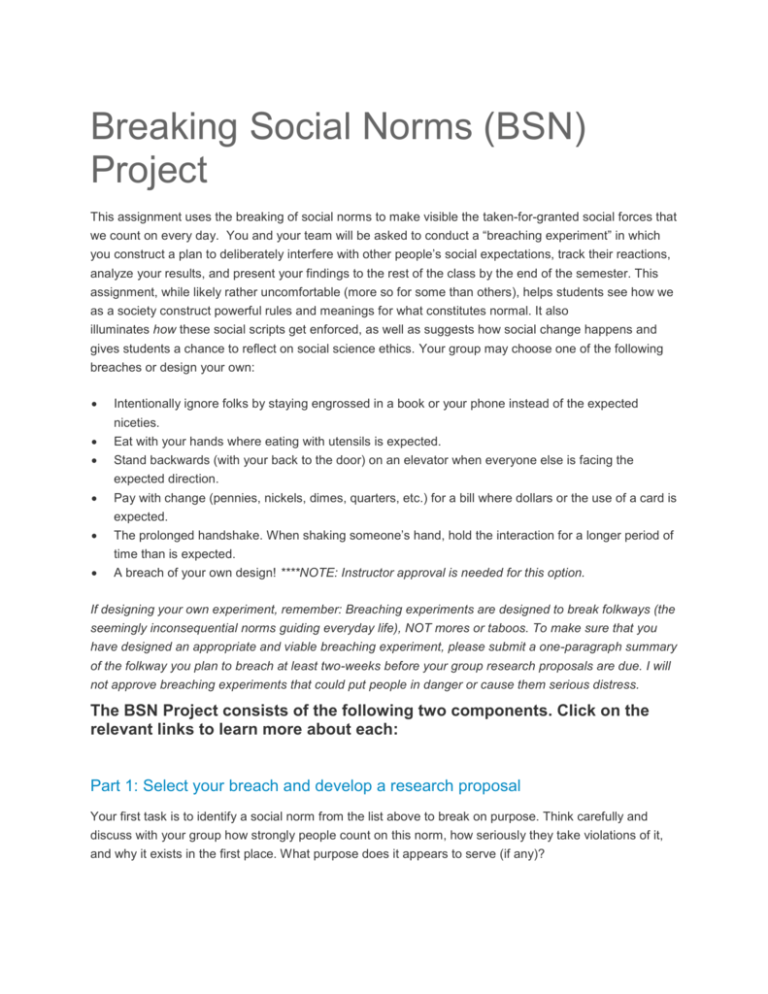
Breaking Social Norms (BSN) Project This assignment uses the breaking of social norms to make visible the taken-for-granted social forces that we count on every day. You and your team will be asked to conduct a “breaching experiment” in which you construct a plan to deliberately interfere with other people’s social expectations, track their reactions, analyze your results, and present your findings to the rest of the class by the end of the semester. This assignment, while likely rather uncomfortable (more so for some than others), helps students see how we as a society construct powerful rules and meanings for what constitutes normal. It also illuminates how these social scripts get enforced, as well as suggests how social change happens and gives students a chance to reflect on social science ethics. Your group may choose one of the following breaches or design your own: Intentionally ignore folks by staying engrossed in a book or your phone instead of the expected niceties. Eat with your hands where eating with utensils is expected. Stand backwards (with your back to the door) on an elevator when everyone else is facing the expected direction. Pay with change (pennies, nickels, dimes, quarters, etc.) for a bill where dollars or the use of a card is expected. The prolonged handshake. When shaking someone’s hand, hold the interaction for a longer period of time than is expected. A breach of your own design! ****NOTE: Instructor approval is needed for this option. If designing your own experiment, remember: Breaching experiments are designed to break folkways (the seemingly inconsequential norms guiding everyday life), NOT mores or taboos. To make sure that you have designed an appropriate and viable breaching experiment, please submit a one-paragraph summary of the folkway you plan to breach at least two-weeks before your group research proposals are due. I will not approve breaching experiments that could put people in danger or cause them serious distress. The BSN Project consists of the following two components. Click on the relevant links to learn more about each: Part 1: Select your breach and develop a research proposal Your first task is to identify a social norm from the list above to break on purpose. Think carefully and discuss with your group how strongly people count on this norm, how seriously they take violations of it, and why it exists in the first place. What purpose does it appears to serve (if any)? This discussion should set the stage for planning how you will investigate this as a group. Using social science methods (chapter 2) as your guide, discuss your operating hypothesis, as well as your individual and collective data collection plans. Remember that your experiment requires people to react to your breach in an observable way. Performing your breach in various settings and targeting subjects from various groups (family, friends, and acquaintances, for example) will allow for a richer amount of data for the analysis and reflection components of this project. Groups will need to identify a lead researcher; all group members are advised to take field notes either during or as soon as possible after your experiment. You will be asked to create a graphical representation of your findings during your end-of-semester presentation. We will discuss the details of presentations later, but for now, you need to make sure to include the following components in your research proposal: Introduction: A brief description of your chosen folkway and individual/group expectations going into the experiment. Make sure to connect this to the sociological literature. What does it suggest you will find? How does/doesn't this differ from your own group expectations? Methods: Apply what you learned about sociological methods in Chapter 2 here. What are your specific research methods? How will you collect your data, etc.? Presentation: How do you plan to present these data at the end of the semester? Part 2: Conduct experiments, analyze results, and present findings (Yes, this can be uncomfortable! But don't put it off until the end of the semester. You'll need to build in time for culling the group results as well.) Your goal is to collect sufficient observational data on people’s reactions to be able to draw reasonable conclusions about how strongly and uniformly people react when this folkway is broken. By this point, you will have a plan for how your group will collect, analyze, and ultimately present your findings. This should allow you to proceed confidently (or as confidently as possible given the nature of this assignment). In carrying out your breaching experiment be sure to: Allow Sufficient Response Time. You need to keep the experiment going long enough to observe people’s full range of responses to your breach. You may find it quite uncomfortable to maintain the breach in the face of negative responses from others, but try hard not to give in to social pressure too soon. This may require you to act as though you are unaware that you've done anything wrong or unusual – play dumb long enough so that people can fully express their discomfort with your behavior. Pay close attention to the ways that people try to “repair” the social rupture your violation has caused. People may respond by giving you various forms of formal and informal social control, note these. Perhaps you don't get much of a response at all - but, even a seeming non-response is informative. Why is there minimal response? What does this mean about the norm you're studying? Debrief the “Subjects” of your Breaching Experiment. In keeping with social research ethics, subjects have a right to know they have been participating in a study and give their consent to be included in your presentation (or deny this consent). Because we all count heavily on adherence to folkways in our daily lives it is important to explain yourself once the experiment is finished and give your subject an opportunity to ask questions or talk further about it. Remember the Importance of Social Science Ethics: If there is any sign that your breaching experiment is causing another person distress it is your ethical obligation to stop breaking the folkway at once and debrief them immediately. This is in-keeping with the first “Do no harm” rule of social research. While you have a great deal of creative license in how you decide to present your findings, here's what you must cover in your final presentation: Background: What you decided to do? How you went about designing your experiment? Problems you faced? Solutions you came up with? Results: A table or graphical display of some sort highlighting the results of your experiment. If you aren't sure why this visual display of the information you collected is important, this TedTalk by David Mccandless on the Beauty of Data Visualization (Links to an external site.) may convince you. Don't worry, a simple table is sufficient for this exercise, but it's sometimes useful to see "why" this is a good habit to get into when communicating data/information you've collected. The use of infographics is becoming increasingly commonplace across a variety of disciplines and in various professional sectors. Personal Reflections: Describe your own response to breaking the folkway (how did being deviant make you feel?), as well as how other people reacted to your folkway breach before/after the debriefing process. How did/didn't responses vary across the group? Also, based on these reflections, what do you think of the value of a code of ethics in the social science research process? Sociological Analysis: Pick at least two sociological concepts we've learned about so far this semester. Describe how, and to what extent, these concepts fit with your observations during this experiment. Be specific!
